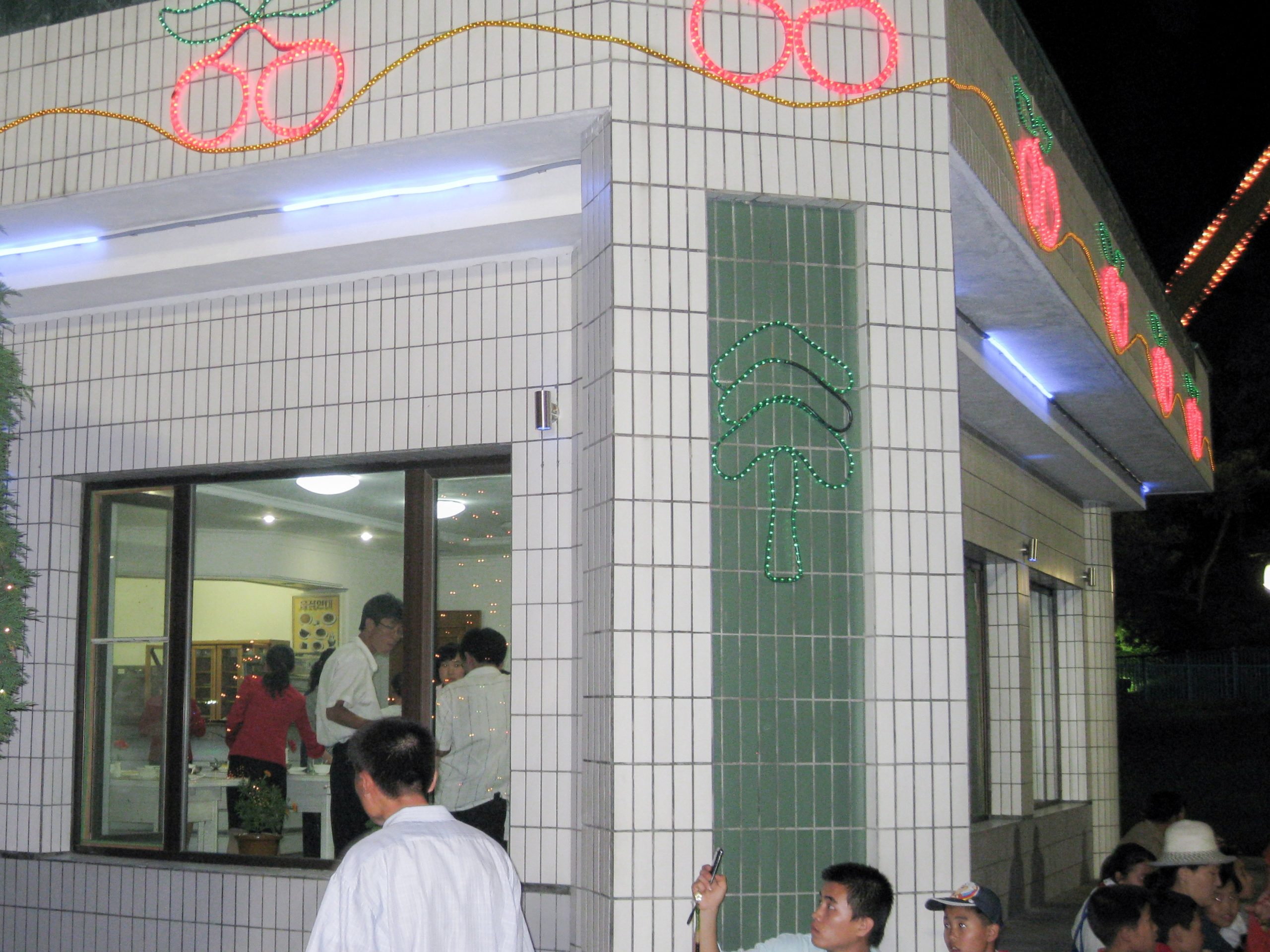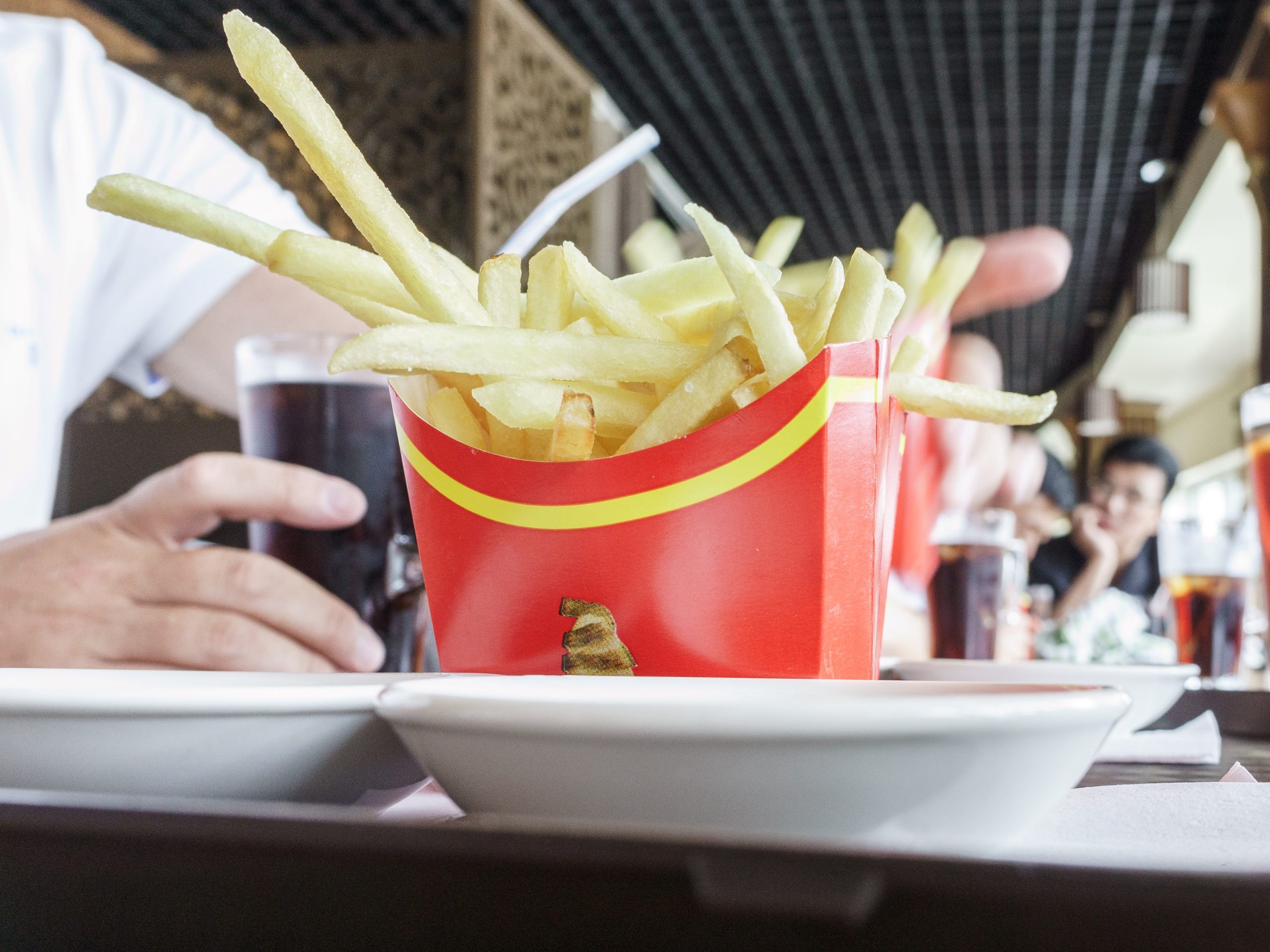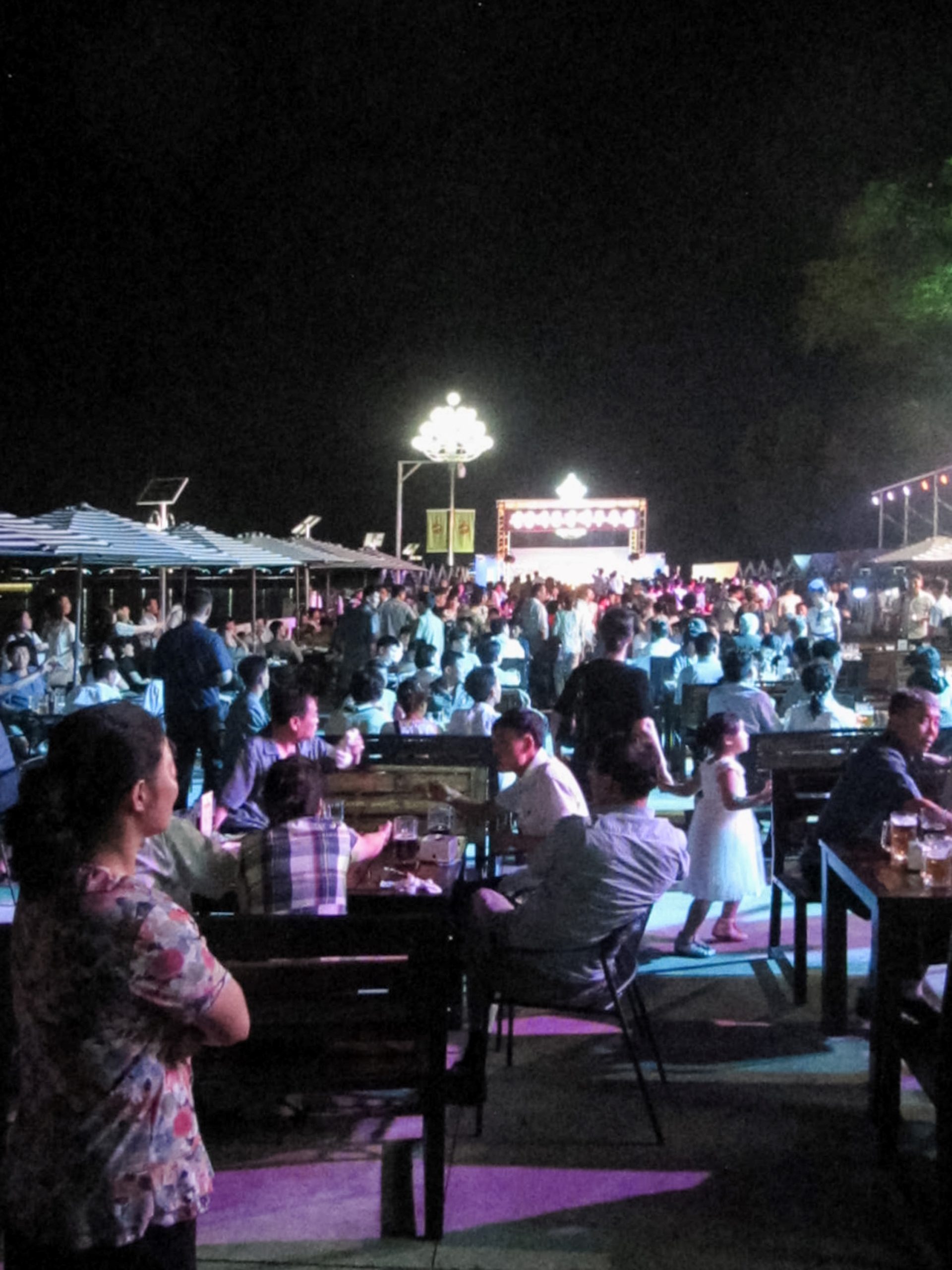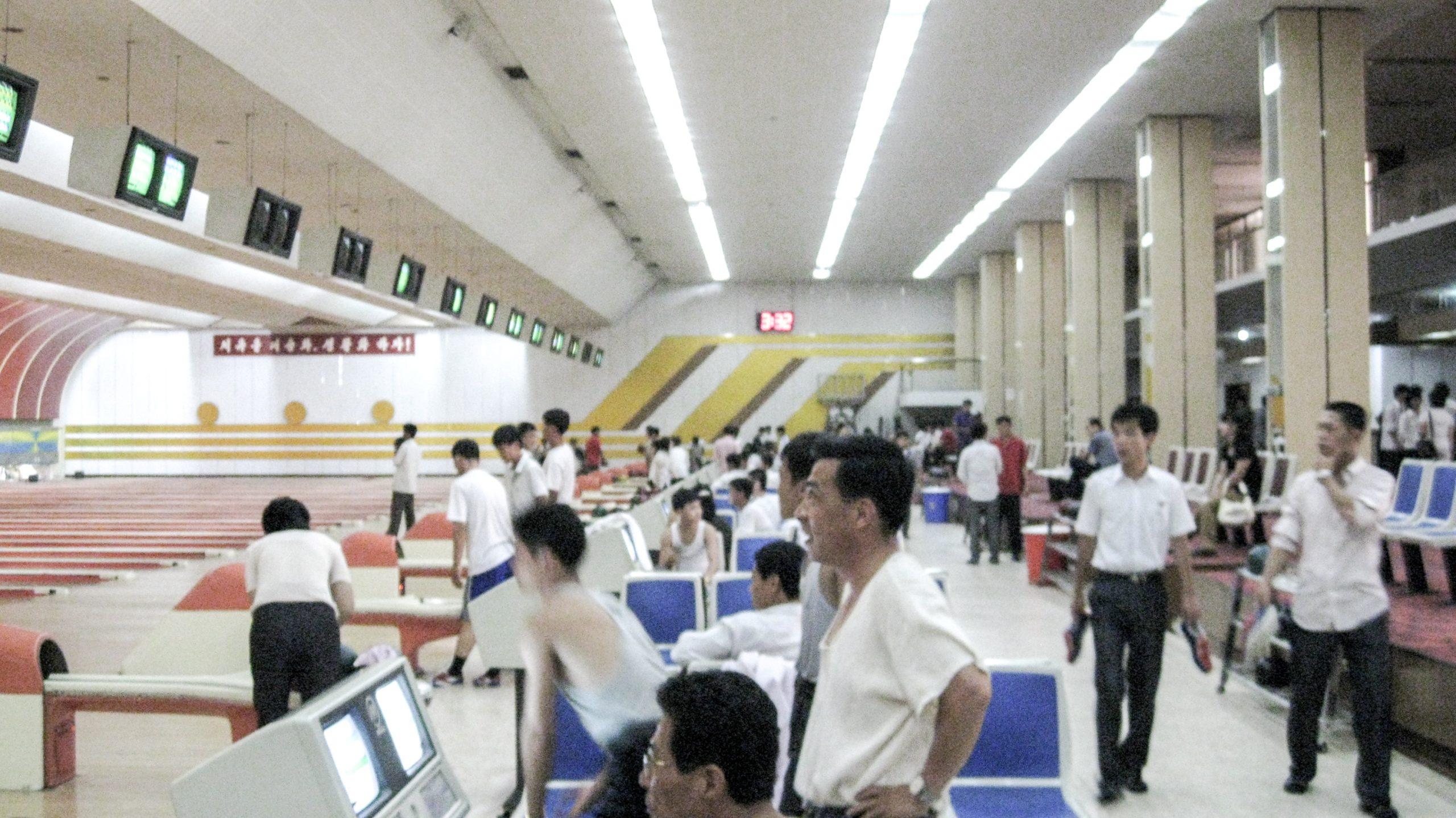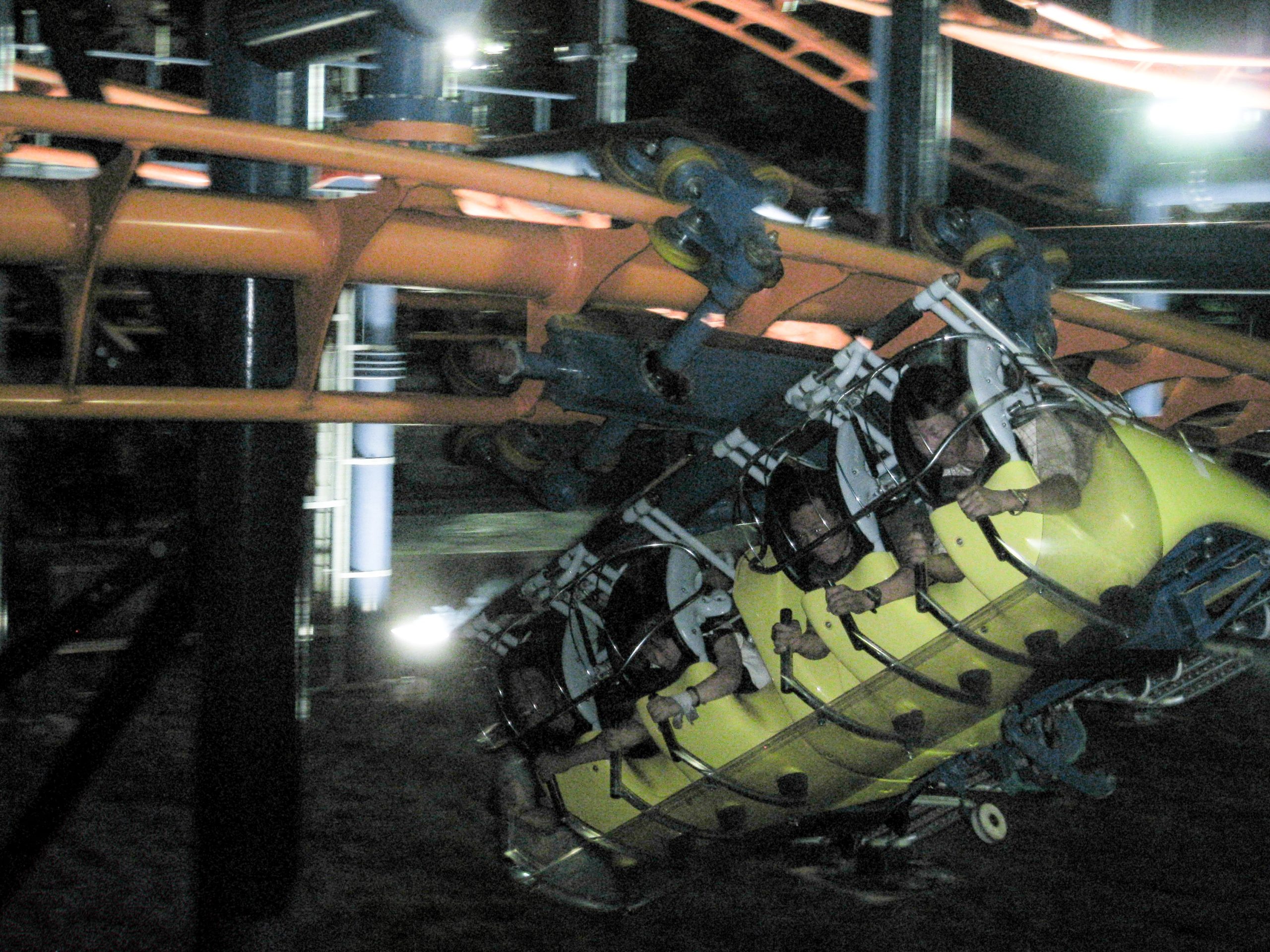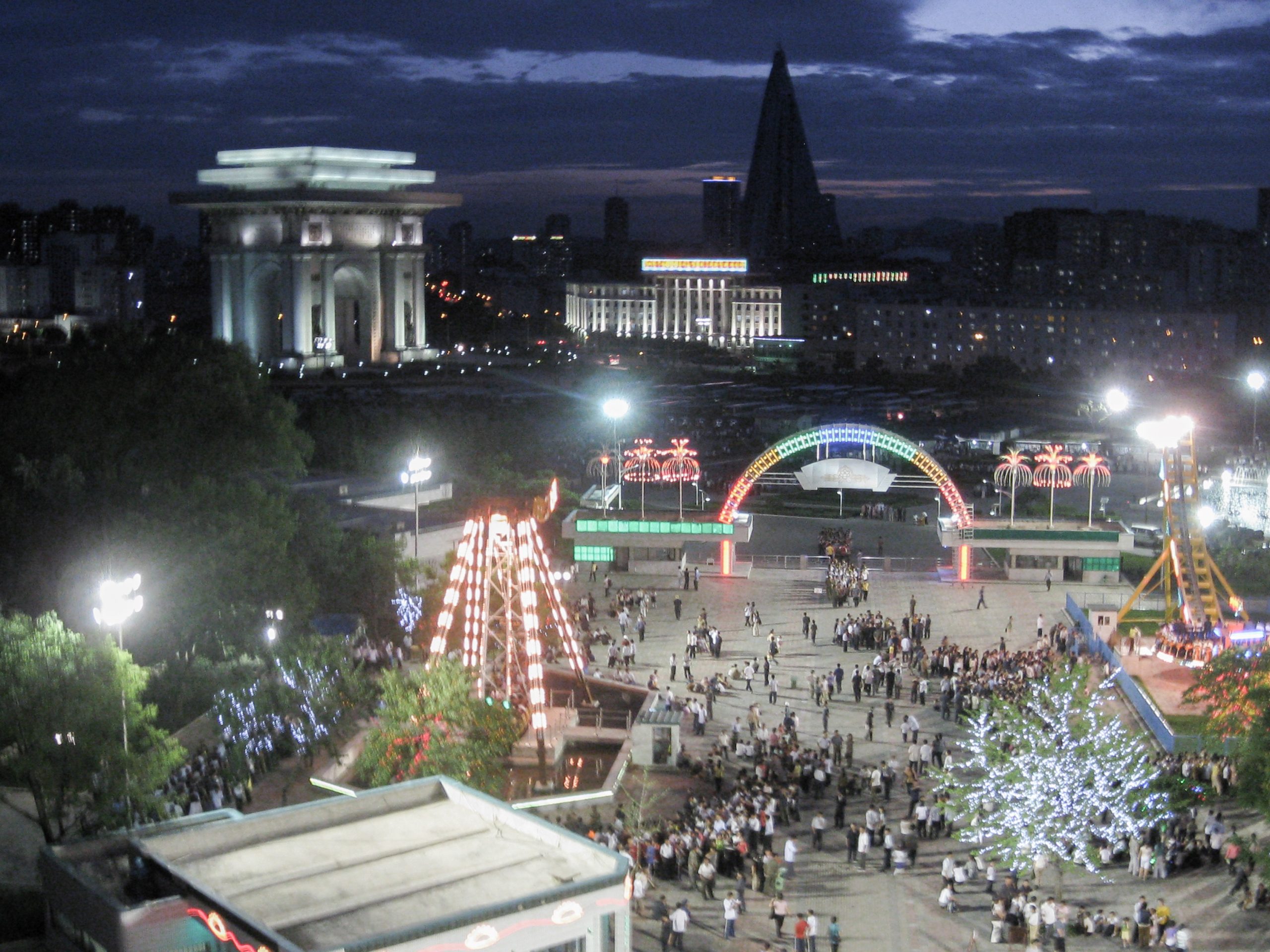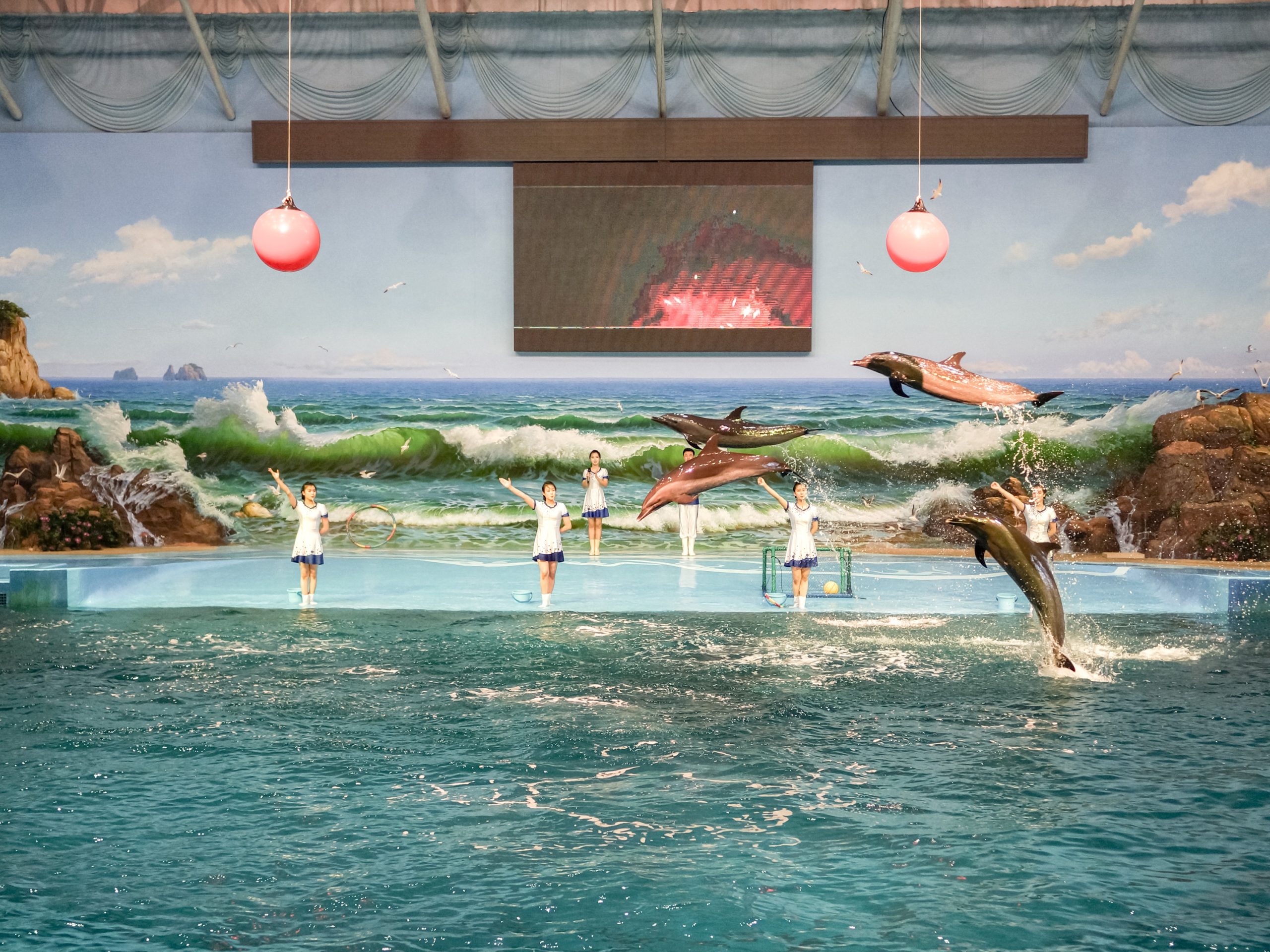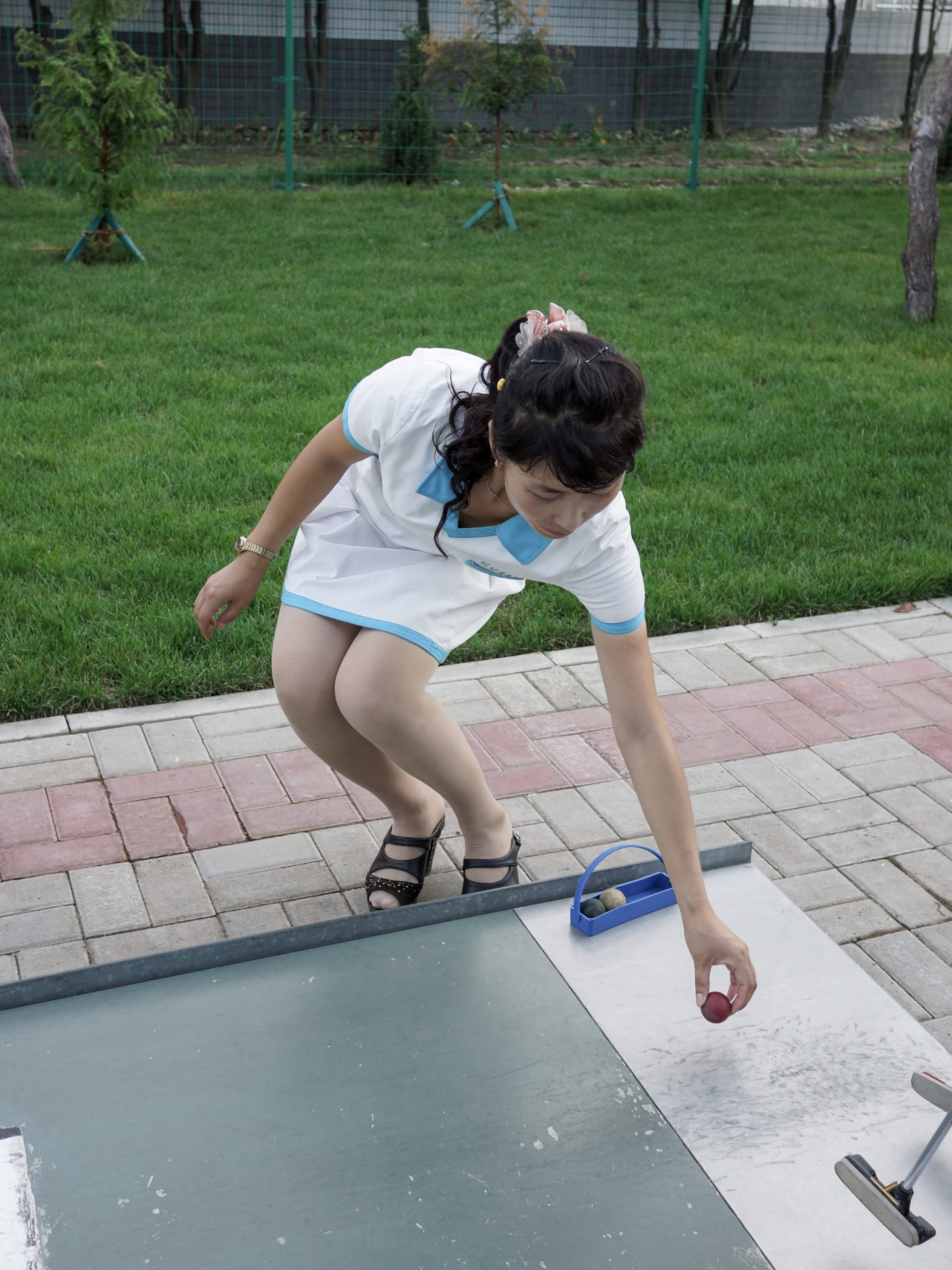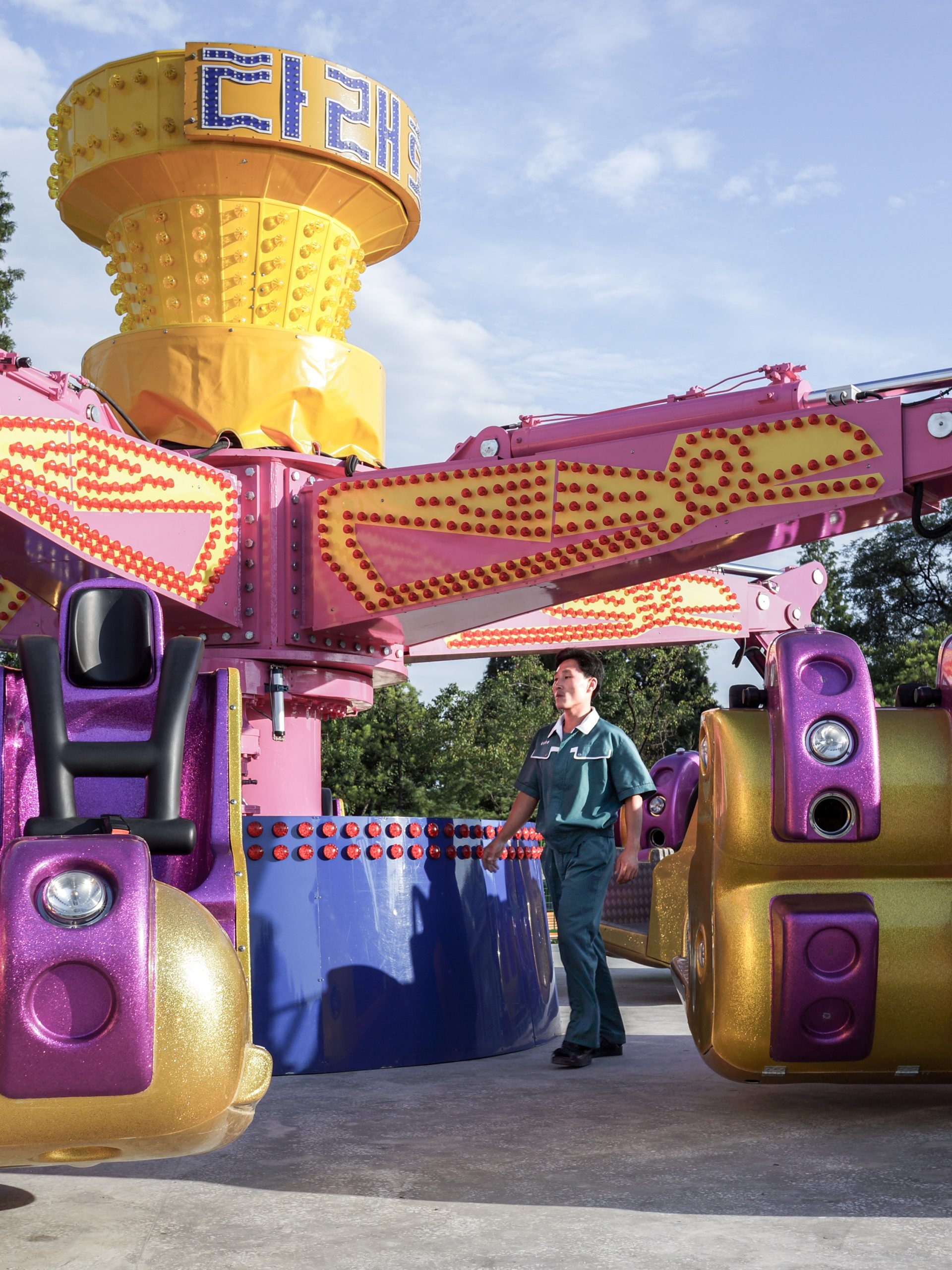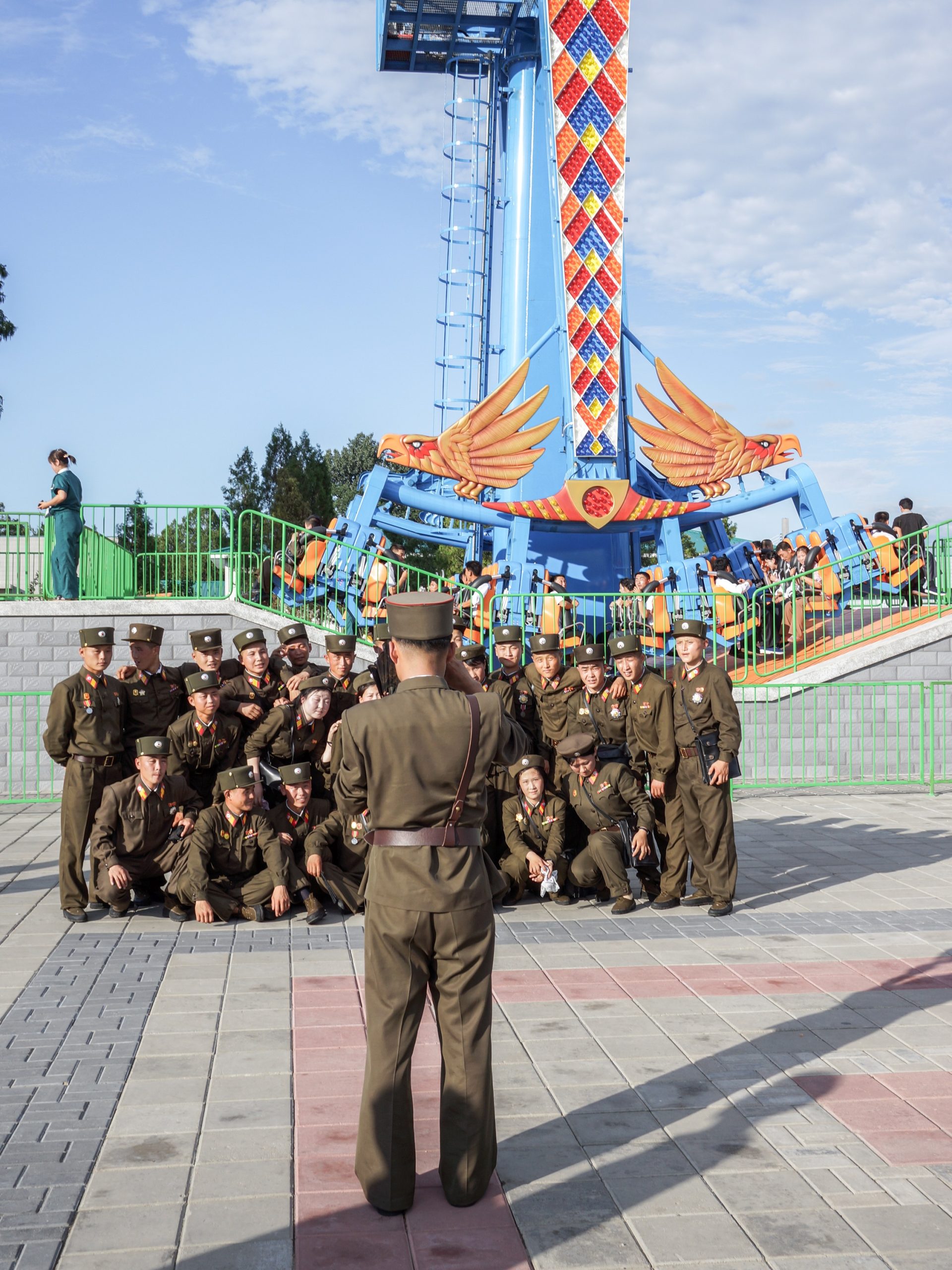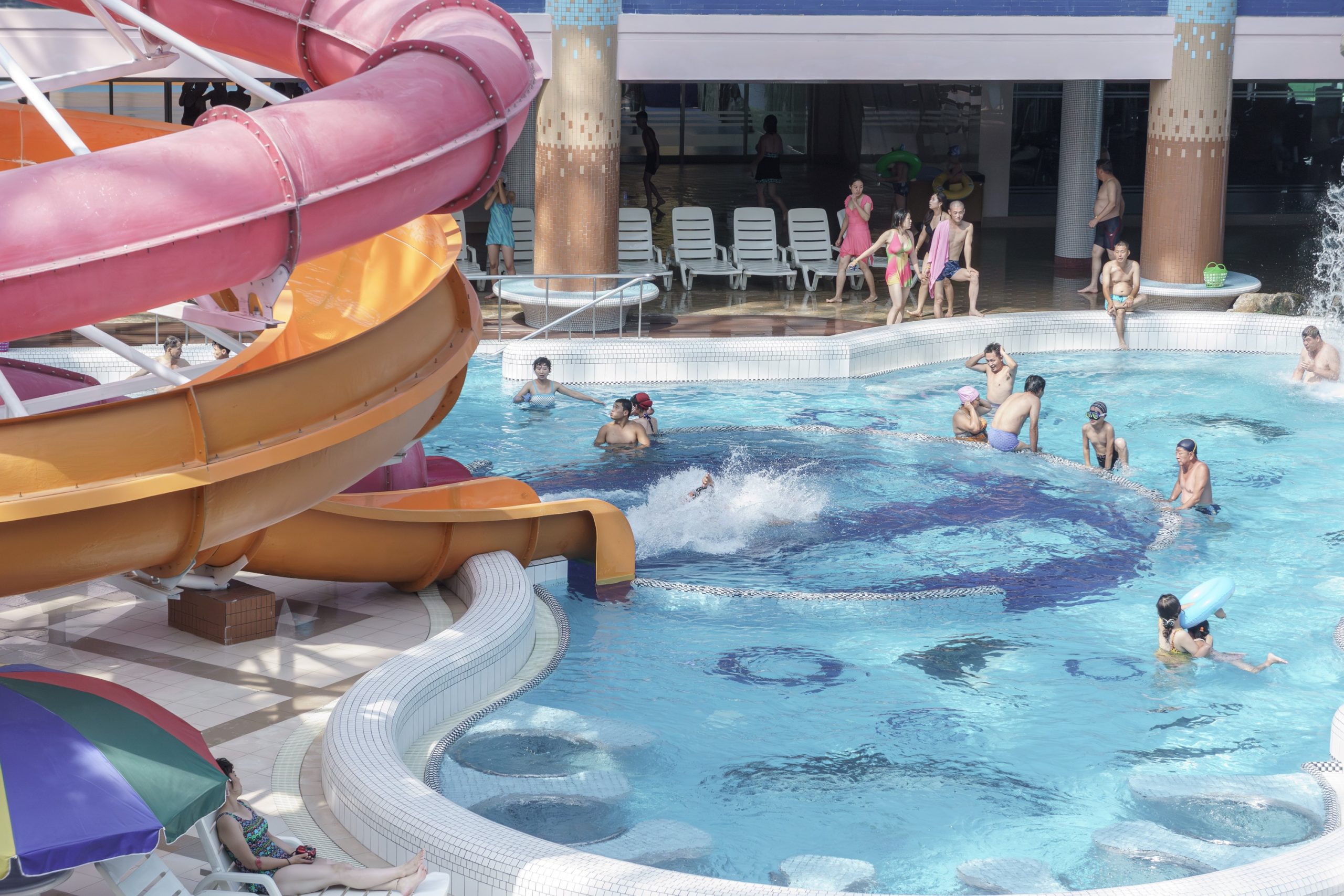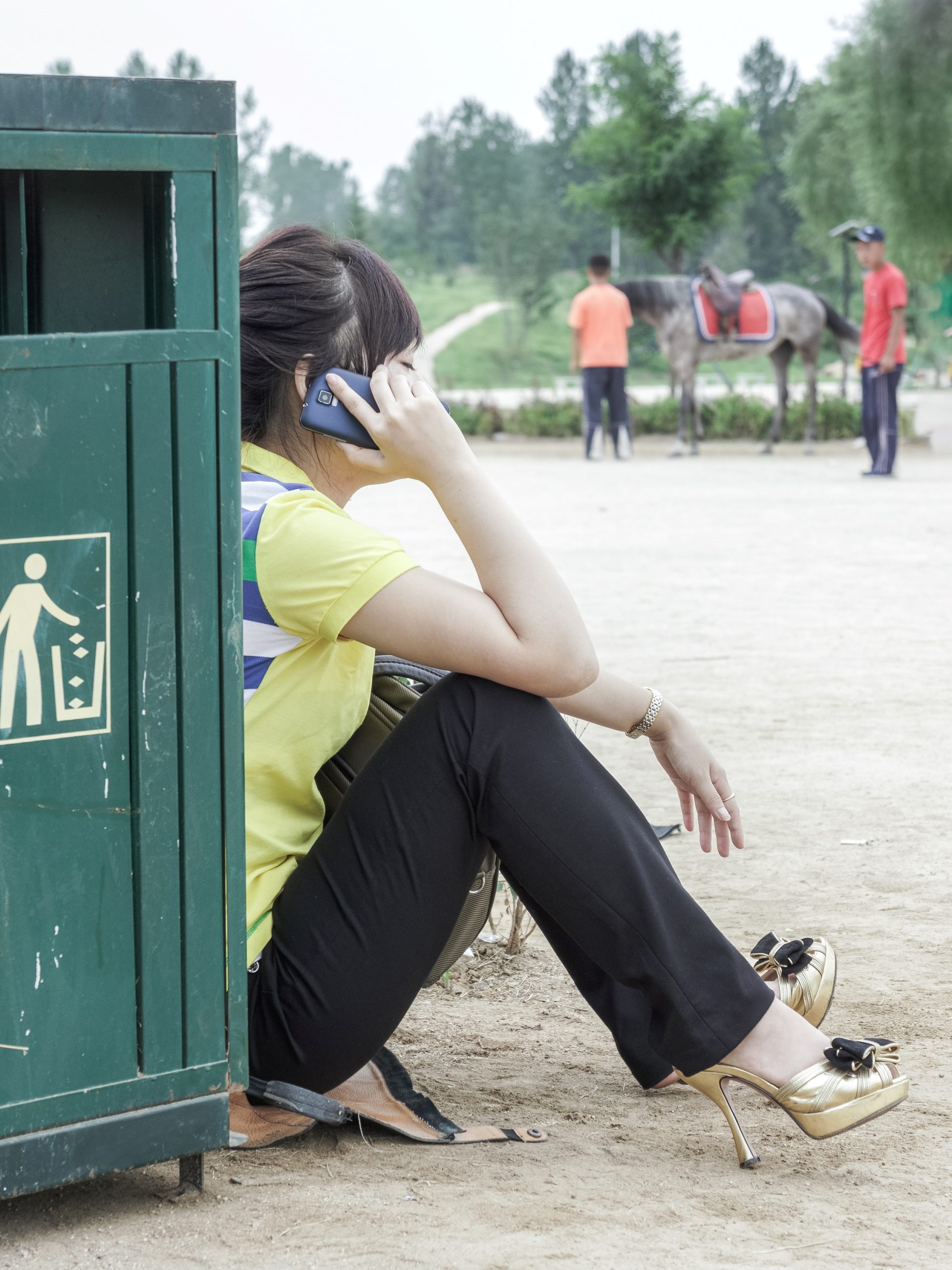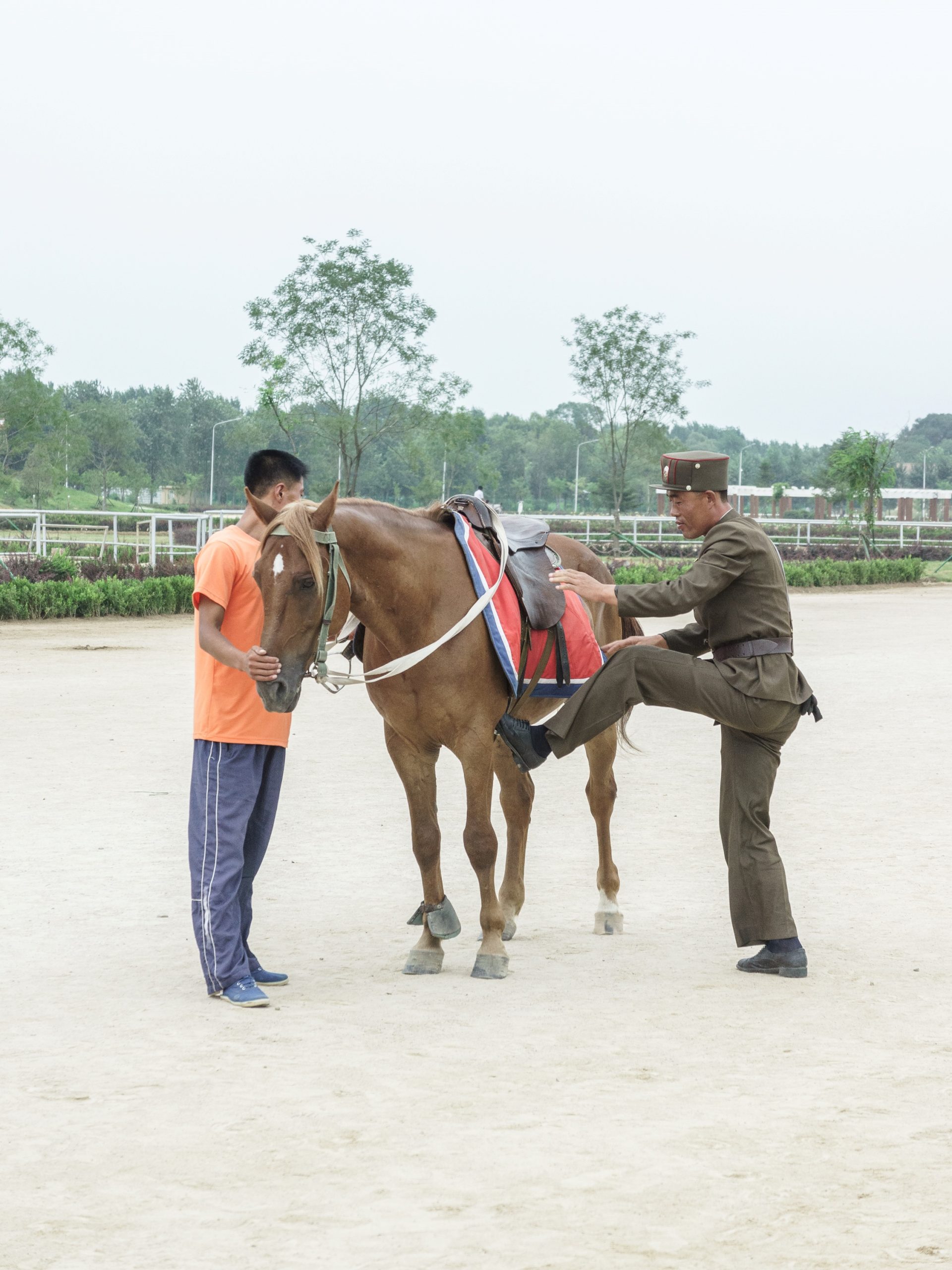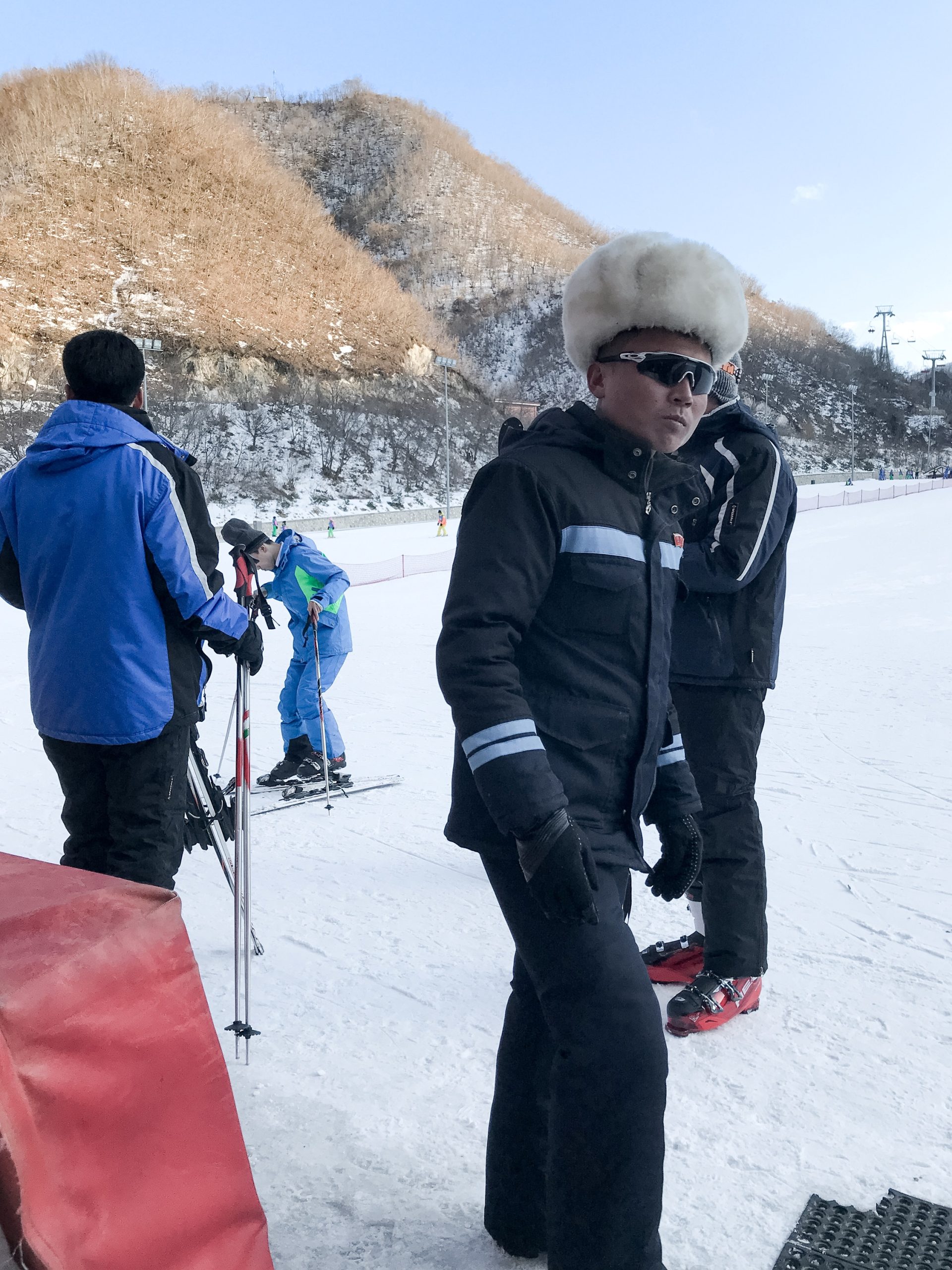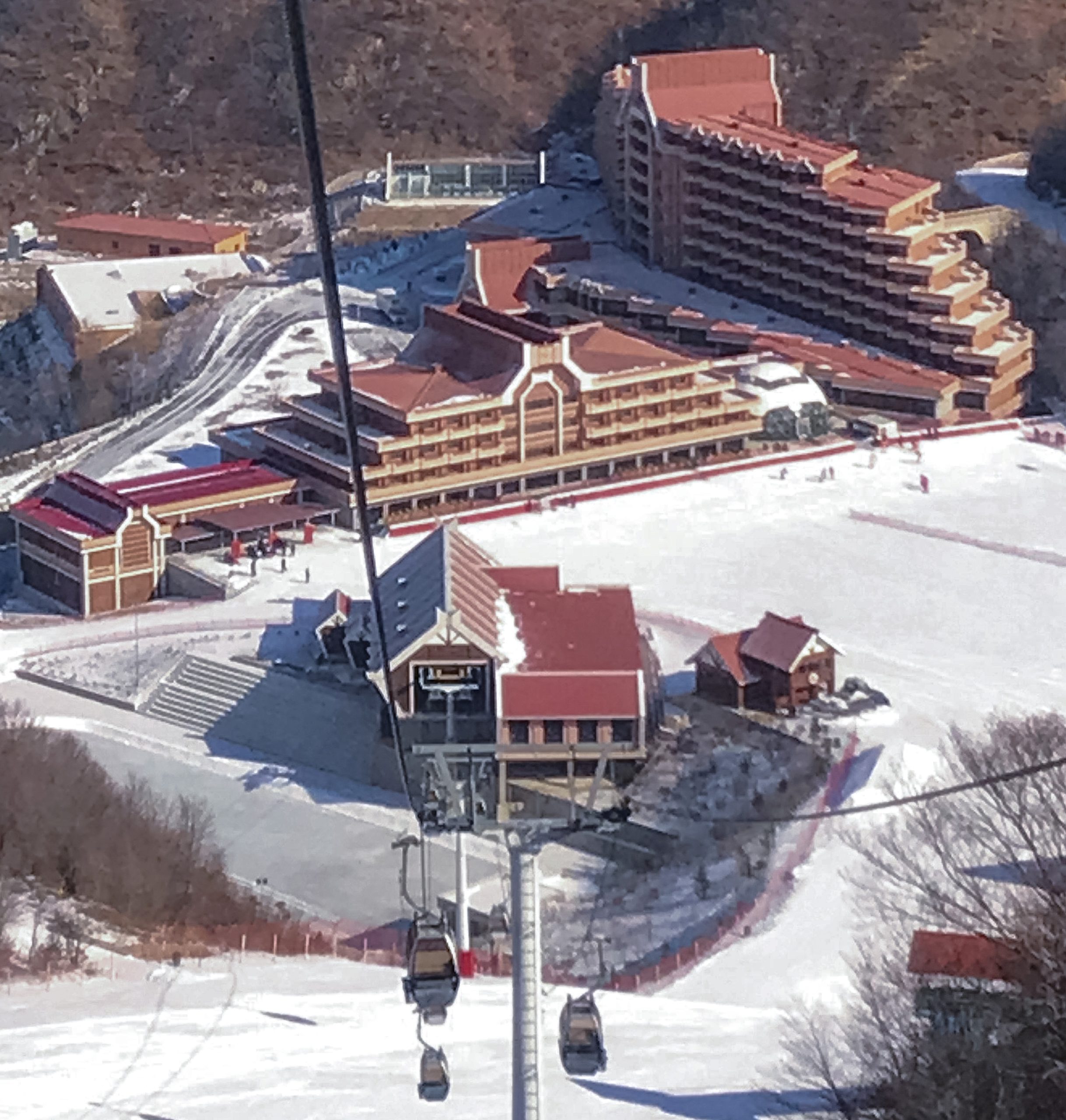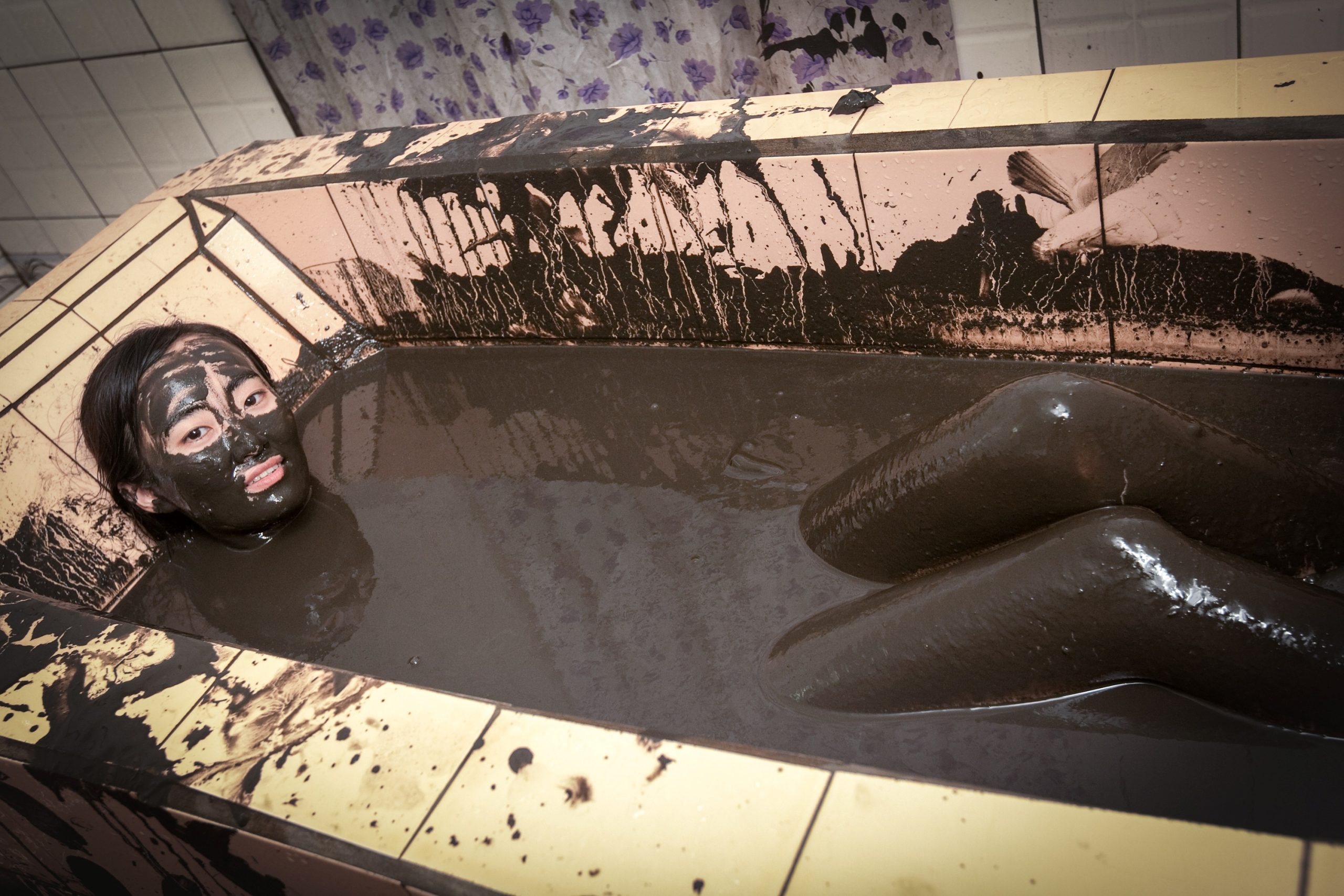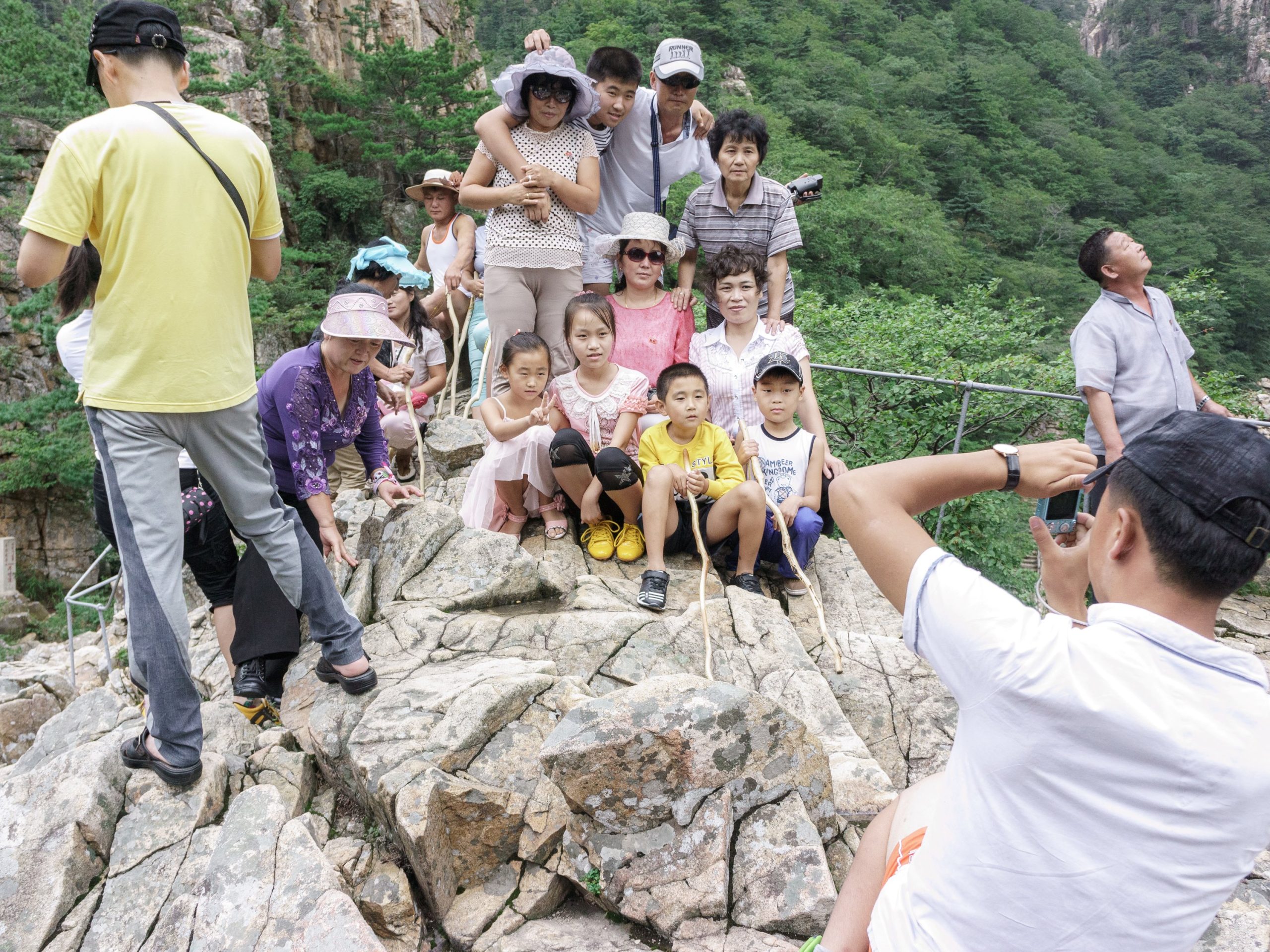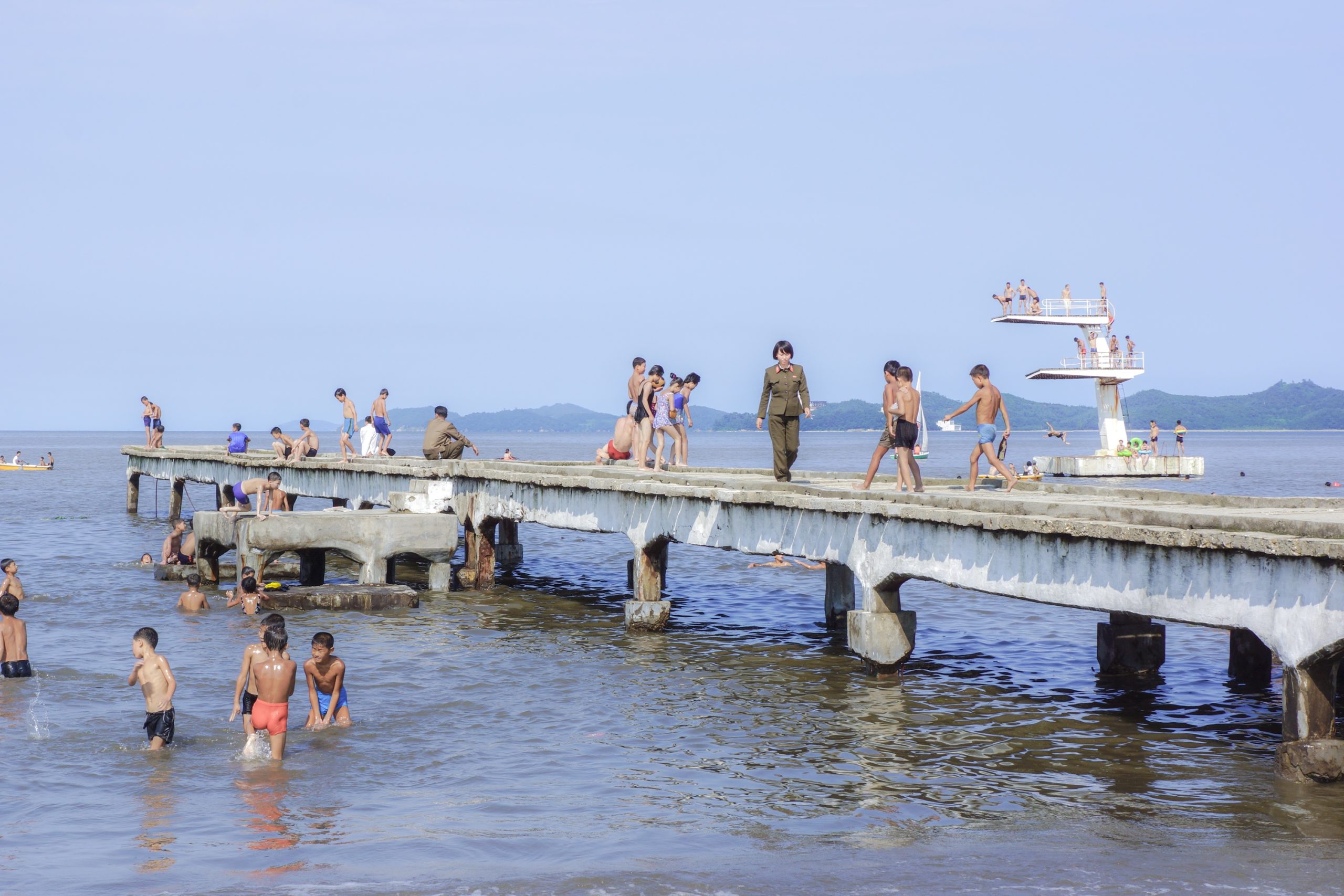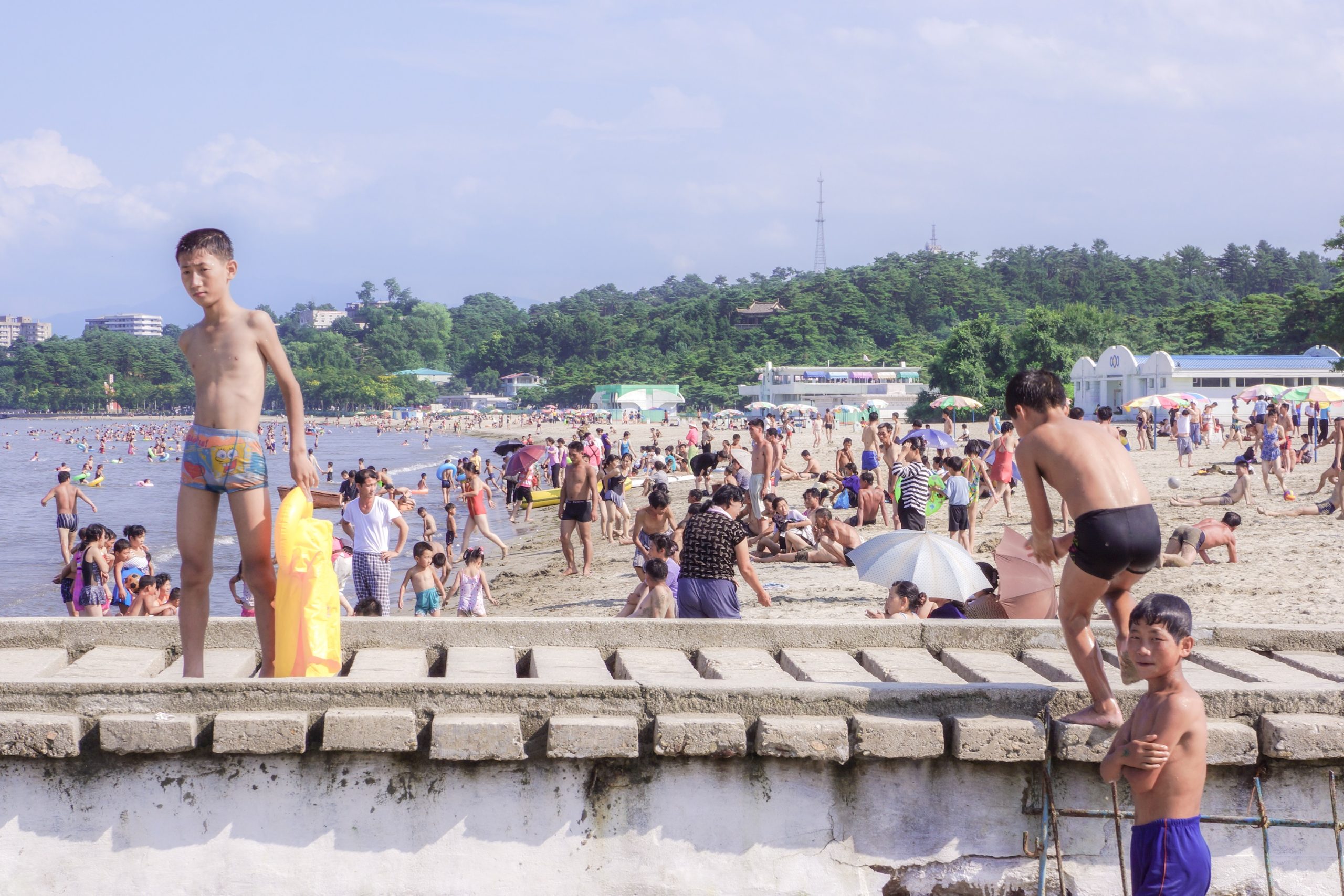Picturing the DPRK: Leisure in the City
Images shown are from Glyn Ford’s recently released book on North Korea, Picturing the DPRK, published by Pacific Century Institute and Spokesman. The book is a collection of images taken during his nearly 50 visits to North Korea over the past 25 years.
Mountains, Fairs and Sand
Any government wants to keep the people who matter happy. In North Korea, this constituency is the residents of Pyongyang. After Kim Jong Un succeeded his father, this became one of his major priorities.
During the “Arduous March,” there was an equality of misery that diminished in the first decade of the century as the Gini index soared with rising inequality. As the Romans might say, the bread was delivered, but the circuses remained scarce. Back a decade and more ago, I was assured that the latest economic plan was delivering “coal, steel, cement and funfairs.”
Since then, the rise of markets and accumulation of personal wealth and disposable income among the elite class have created new social demands. Beyond necessities, leisure is king. As such, Pyongyang has become a leisure capital. This has included a rash of new restaurants—with some clones of Western fast food—and even a beer festival (2016) on the banks of the Taedong River. The Mangyongdae Funfair has been a Pyongyang staple for decades, as has Golden Lane Ten-Pin Bowling, but the newer, bigger and better Kaeson Youth Funfair near the Arc de Triomphe is a crowd favorite. The Rungrado Complex, which opened in 2012, includes a Dolphinarium, mini golf, shooting range and 3D film studio, adding yet another funfair into the mix. There are indoor and outdoor water parks, and even the Mirim Horse Riding Club, opened in 2013 for horseback riding and equestrian training.
When the mountain can’t come to Mohammed, Mohammed goes to the mountain. Winter sports are on the top of Masikryong near Wonsan, while the Mount Kumgang area boasts hot springs, mud baths and trails. Both areas are serviced by package holidays from Pyongyang and decorated with ladies in high heels perched on crags taking selfies with their mates.
Majon, the beach resort near Hungnam for the elite, is now being overshadowed by the plans for the upmarket Wonsan-Kalma resort, which may well squeeze the locals out.
